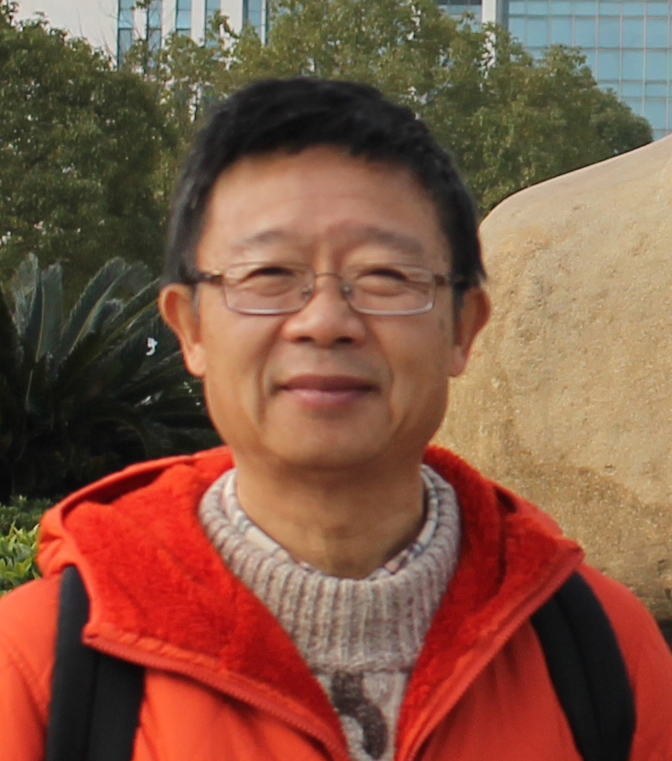演讲者:Qin Sheng(贝勒大学)
时间:2017-06-08 16:10-17:10
地点:慧园3栋415报告厅
About the Speaker:

Dr. Sheng received his BS and MS in Mathematics from Nanjing University in 1982, 1985, respectively. Then he obtained his Ph.D. from University of Cambridge under the supervision of Professor Arieh Iserles. After his postdoctoral research with Professor Frank Smith, FRS, in University College London, he moved to National University of Singapore in 1990. Since then, Dr. Sheng was on faculty of several major universities till his joining Baylor University, which is one of known research institutions and the second largest private university in the United States.
Dr. Sheng has been interested in splitting and adaptive numerical methods for solving linear and nonlinear partial differential equations. He has published over 100 refereed journal articles as well as 6 joint research monographs. He has been an Editor-in-Chief of the SCI journal, International Journal of Computer Mathematics, published by Taylor and Francis since 2010. He gives invited presentations, including keynote lectures, in international conferences every year. Dr. Sheng's projects have been supported by several U.S. research agencies. He currently supervises 3 doctoral students and 1 postdoctoral research fellow.
Abstract: This talk concerns the stability and asymptotic stability of eikonal, or ray, transformation based splitting methods for solving paraxial Helmholtz equations with high wave numbers. Arbitrary nonuniform grids are considered in transverse and beam propagation directions. The differential equations targeted have been essential for simulating propagations of high intensity laser pulses over a long distance without diffractions.
Self-focusing of high intensity beams may be balanced with the de-focusing effect of created ionized plasma channel in the situation, and applications of grid adaptations are frequently essential. It is shown that the oscillation-free decomposition methods are asymptotically stable with a stability index one.
The result can be extended to multidimensional cases in high-oscillatory multiphysical applications, such as those used in cosmology and the string theory. Some simulation experiments are given to illustrate our concerns and conclusions.